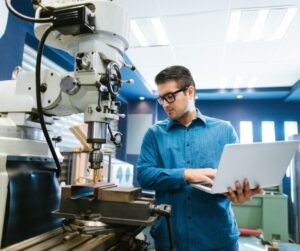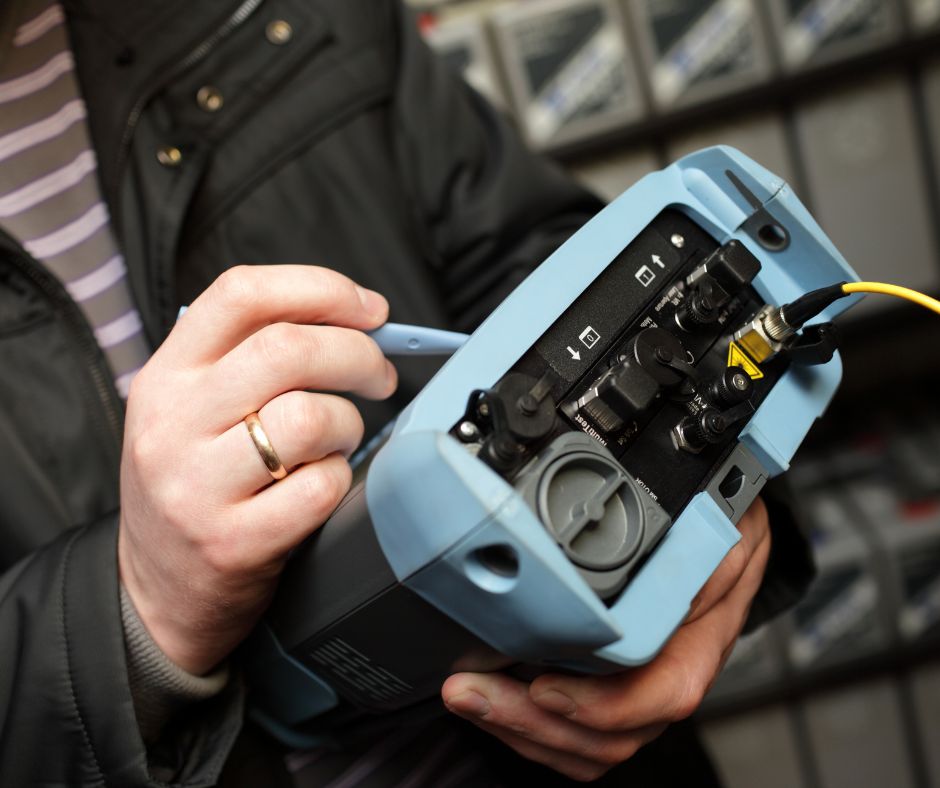 What are the Steps in the Calibration Process?
What are the Steps in the Calibration Process?
For businesses in many different industries, calibration is a critical process that ensures the accuracy and reliability of measuring instruments and equipment. But what, exactly, does the calibration process involve?
At Trident Calibration Labs, we specialize in providing high-quality calibration services, guided by our commitment to quality, accuracy, and customer satisfaction. To help shed light on how calibration works, here are some key steps in our process:
- Identification and assessment. The calibration process begins with the identification and assessment of the instrument. Our expert technicians carefully examine the equipment, noting its make, model, and current performance level. This initial assessment helps in determining the specific calibration needs and the appropriate method to be used.
- Standard selection. Selecting the right standard is crucial. We use highly accurate and reliable standards, which are regularly checked and maintained to ensure their precision. These standards serve as the reference against which the instrument’s performance is measured.
- Calibration execution. The core of the process is the calibration itself. This involves comparing the instrument’s readings with the known values of the standard. Our technicians meticulously adjust the instrument, ensuring that its readings align accurately with the standard.
- Data recording and analysis. Every detail of the calibration process is recorded. This data is not just a record of the calibration; it’s an invaluable resource for analysis, helping us understand the instrument’s behavior and tendencies over time.
- Adjustment and repairs. If the instrument’s readings deviate from the standard, adjustments or repairs are made. This step is essential to bring the instrument back within the acceptable accuracy range, ensuring its reliable performance in your operations.
- Verification and quality assurance. After adjustments, the instrument undergoes a rigorous verification process. We re-test the instrument to ensure that it meets the required accuracy specifications.
- Issuance of calibration certificate. Once the instrument successfully passes all checks, a detailed calibration certificate is issued. The certificates we provide are user-specified and include information such as the unique calibration code, summary of conditions and results, information about the technician and requirements of the device, and a clear indicator of traceability.
- Customer feedback and recommendations. Once the calibration process is complete, we provide tailored feedback and recommendations to aid our customers in maintaining their instruments, thereby ensuring their accuracy and prolonging their lifespan.
At Trident Calibration Labs, our calibration process combines scientific precision, technical expertise, and customer-focused service. We understand the pivotal role that accurately calibrated instruments play across various industries. With over 100 years of combined experience, including training in the U.S. Armed Forces, our team is dedicated to providing the highest level of quality. Contact us today to request an estimate!
continue reading
Related Posts
Why Calibration is Vital for Businesses in the Healthcare Industry […]
Onsite vs. Offsite Calibration: Which is Best for Your Business? […]
Why is Calibration Important for Telecommunications Test Equipment? In the […]



